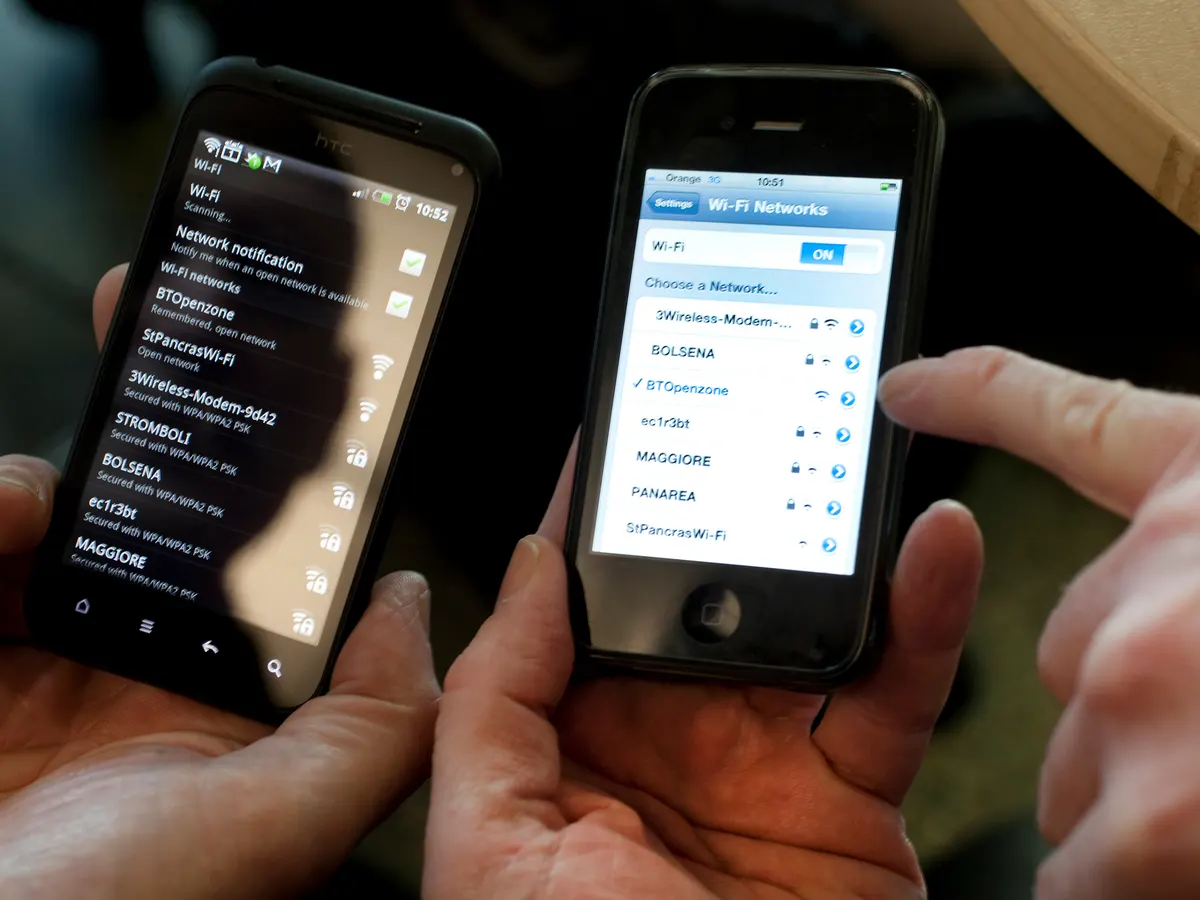As more and more people turn to mobile banking apps because it offers them the convenience of managing their finances on the go, they should know the risks of using a new banking app. While mobile banking offers excellent benefits, such as 24/7 access to your account and easy money transfers, it may open up the possibility for hackers to steal your sensitive information. Therefore, protecting your finances and personal data is essential, whether you’re a seasoned mobile banking user or just getting started. This article explores three practical tips that will help you stay safe when using a mobile banking app:
Install Trusted Apps
When using mobile banking, installing trusted apps is one of the most important steps you can take to protect yourself from potential security risks. Trusted apps are more likely to be secure because they come from trusted sources. When you download a new banking app from a trusted source, such as the Apple App Store or Google Play Store, you can have more confidence that the app has undergone rigorous security checks and testing before being available for download. These app stores also have strict policies around what kind of apps are allowed, which helps weed out potentially harmful apps.
Trusted apps are also less likely to contain malware. When using mobile banking apps, there’s a possibility of downloading malware that can steal your personal information, including your login credentials and financial data. While no app store can guarantee that every app is completely safe, installing apps from trusted sources can significantly reduce your risk of downloading an app that contains malware. Additionally, apps from trusted sources are likely to be updated. When app developers discover security vulnerabilities or other issues, they release updates to fix them. If you have a trusted app installed, you’re more likely to receive timely updates that address any security concerns.
Use Two-Factor Authentication
Two-factor authentication (2FA) is an extra layer of security that can help you stay safe when using mobile banking apps. It works by requiring two forms of identification before allowing access to your account, making it more difficult for hackers to gain unauthorized access.
2FA adds an extra layer of security beyond just a password or PIN code. With 2FA, you’ll need to provide a second form of identification, such as a fingerprint or a code sent to your phone, before being granted access to your account. This means that even if someone manages to obtain your password, they won’t be able to access your account if they don’t have the second factor of identification.
Enabling 2FA can also protect you against phishing attacks. Hackers commonly use these attacks to trick people into giving up their login credentials. With 2FA enabled, even if a hacker manages to obtain your password through a phishing attack, they won’t be able to access your account easily. Using 2FA is also easy. Once you’ve enabled it, you’ll be prompted to provide the second factor of identification each time you log in, which only takes a few seconds.
Use a Strong Lock-Screen PIN
A strong lock-screen PIN can help you stay safe when using a new banking app. It’s the first line of defense against unauthorized access to your device. If someone steals or finds your phone, they won’t be able to access your mobile banking app without the PIN code. This will protect your sensitive financial information from potential theft or misuse.
A strong lock-screen PIN also adds an extra layer of security. Even if you have two-factor authentication enabled for your mobile banking app, you still need it. It will protect your account from access even if someone obtains your second form of identification, such as a fingerprint.
Also, it can protect your phone from accidental access. If you have a weak or easily guessable lock-screen PIN, someone who picks up your phone may accidentally access your banking app. With a strong and unique lock-screen PIN, you will minimize the risk of accidental access and ensure that your mobile banking app is only accessed when you intend it to be.
The Bottom Line
Mobile banking is an essential tool for managing finances. However, it’s important to stay safe when using mobile banking apps. Following these tips will save you from the risk of cyber threats and protect your sensitive financial information from theft or misuse. Remember, it’s always better to be safe than sorry when protecting your finances. Stay vigilant and stay safe.

